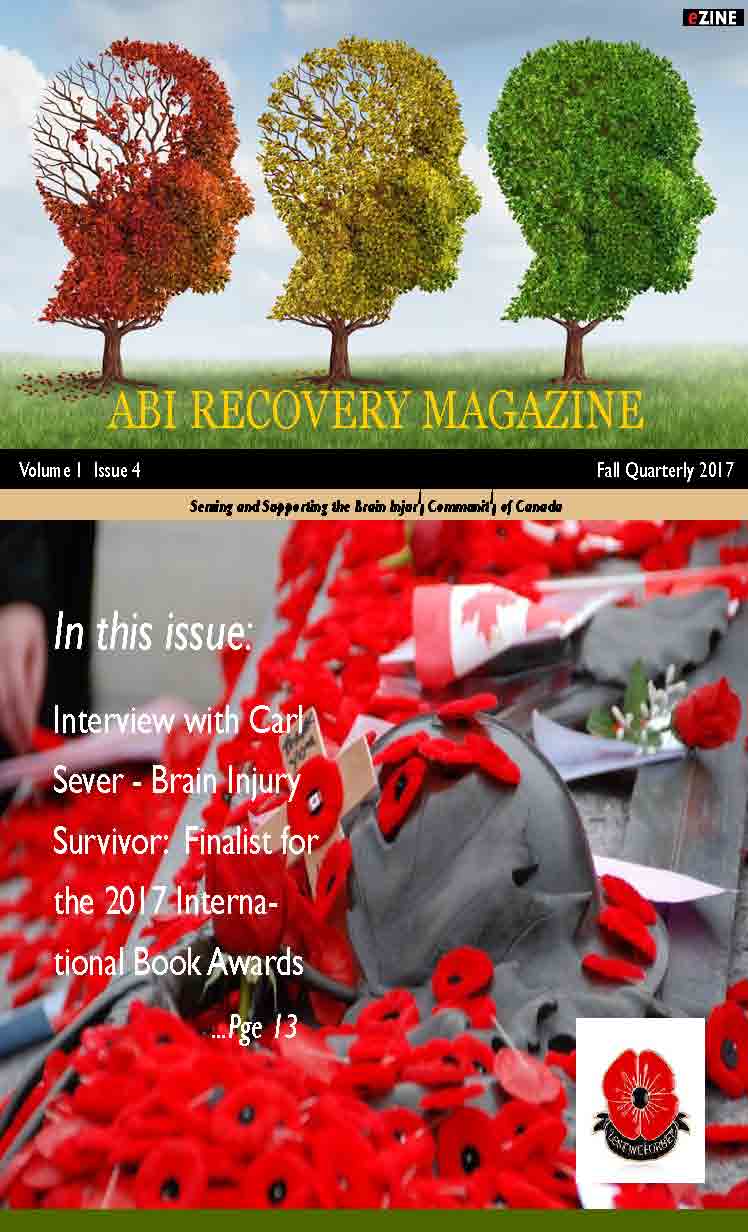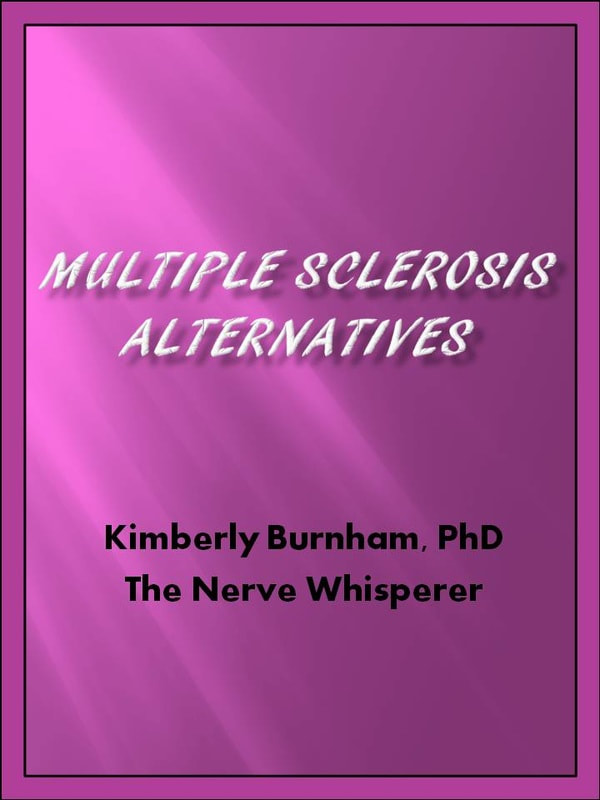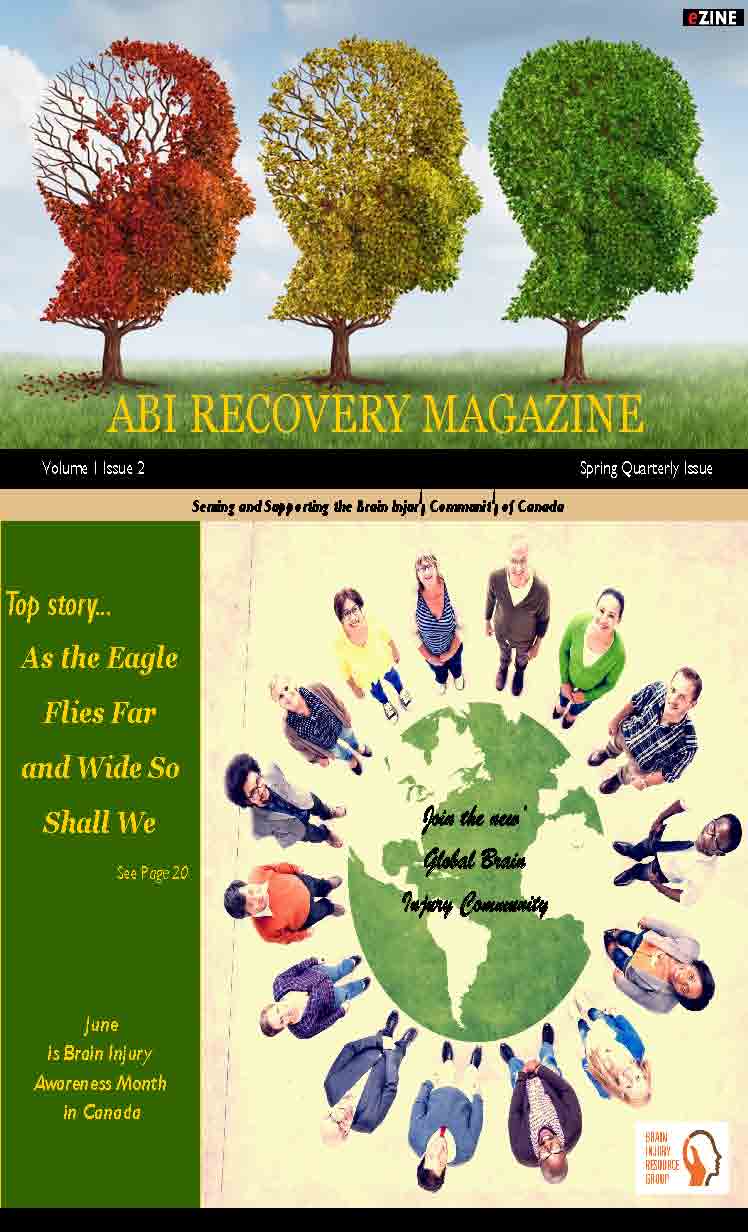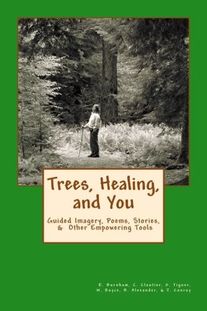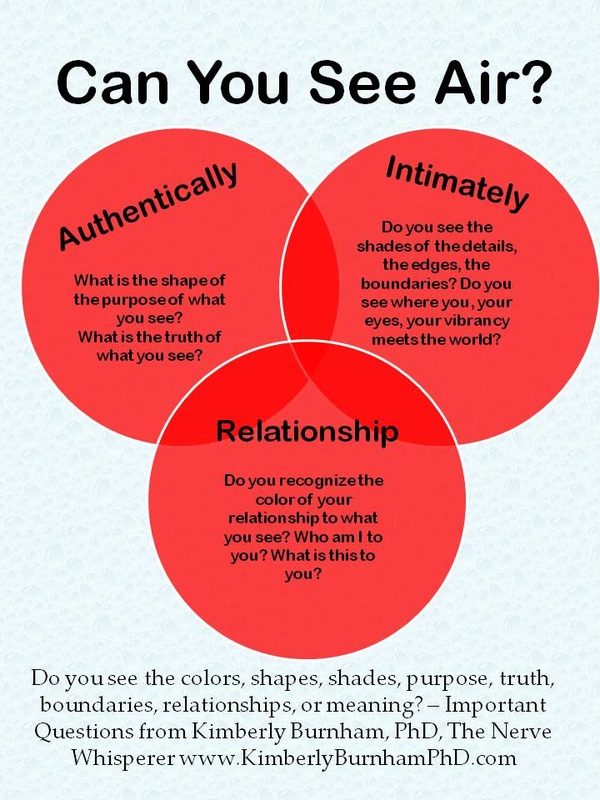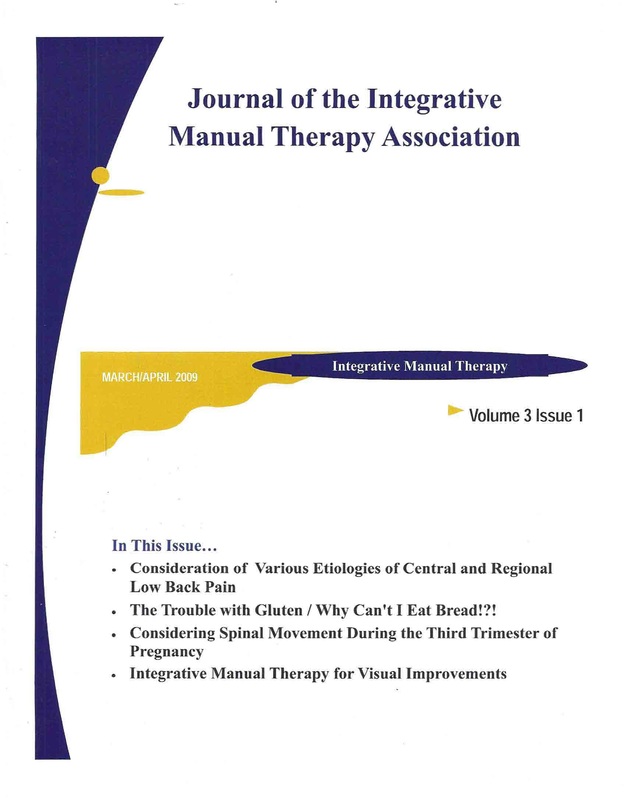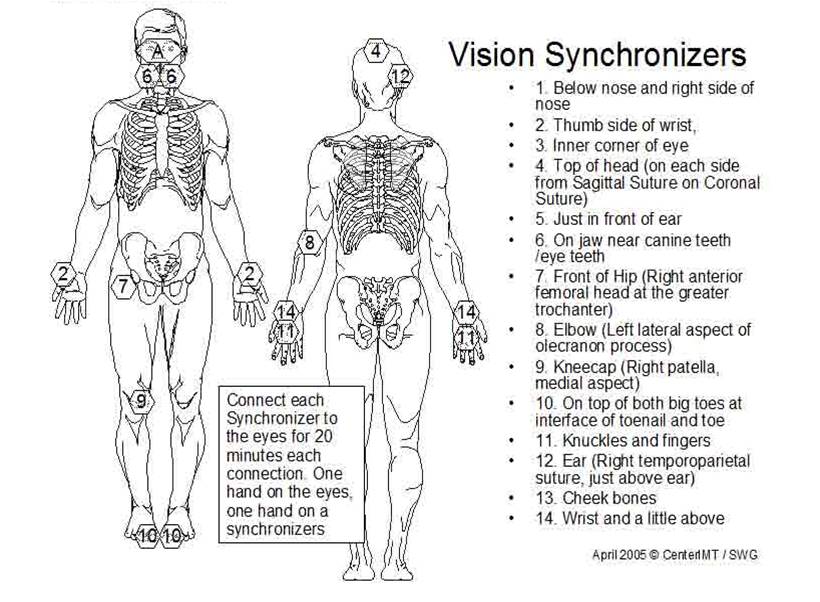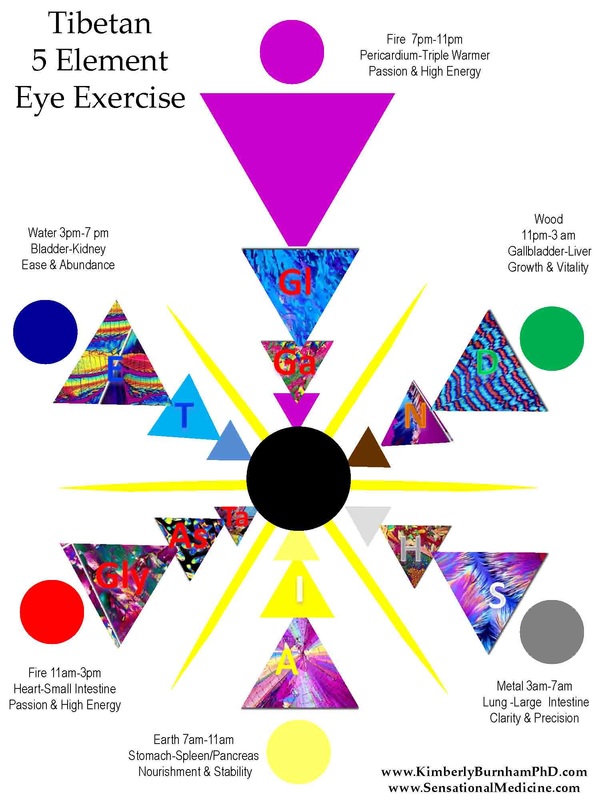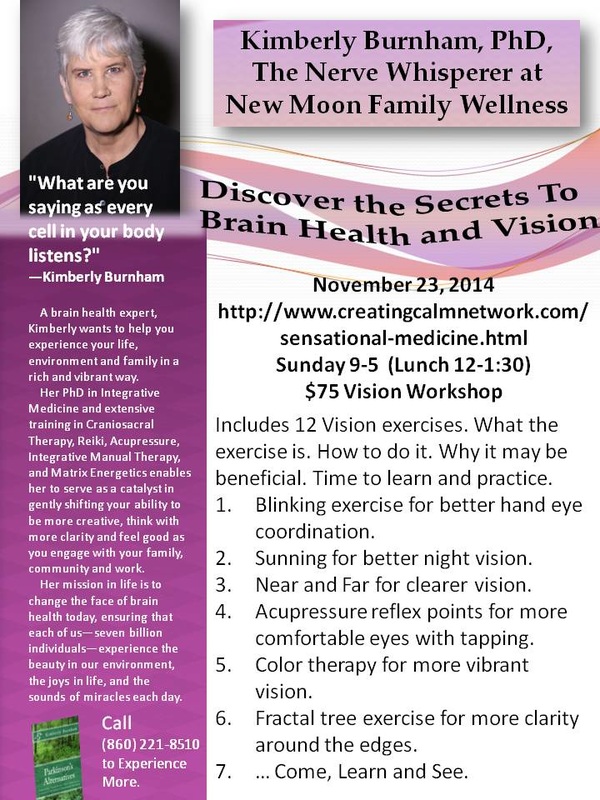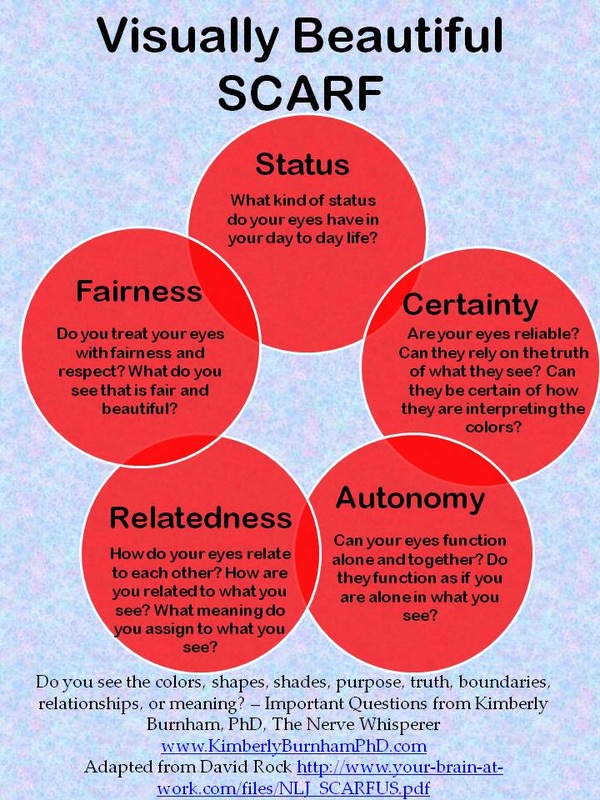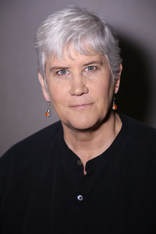|
0 Comments
Exercise Tip: Pick up a small item. Look at it. Observe the color, shape, and texture. Listen for the sound it makes when you tap on it. Notice the patterns. Does it have a taste or smell? What does it feel like? Describe in words aloud all the sensations you feel—the color as the light bounces on your eyes, the sound waves beating on your ear drums, the texture as the skin on your fingertips touch the object. A minute of paying specific attention can improve your sensations, mood, and relaxation.
When we remember an event, we remember certain types of sensations—the color of the car that hit us, the shape of the tree that fell in the wind storm, the feeling of salt water on our feet as we walked on the sandy beach, or the color of the shirt we were wearing when we got engaged. Medical research indicates that our perception of sensations in the moment as well as our memory of events can improve with practice. Here are two exercises that focus on color and shape recognition and improving memory. ... Request a Free PDF copy of the full article via email Burnham, Kimberly (2017 11 01). "Memory, Color, and the Visual Cortex of the Brain." ABI Magazine, Acquired Brain Injury Email Kimberly Burnham at NerveWhisperer@gmail.com Mention your top 8 health goals for 2018 for a free report on how you can feel better with easy self-care exercises. [Full Article] https://issuu.com/debbiest.jean/docs/arm_20fall_20issue_202017 OR ttps://www.academia.edu/35561260/Memory_Color_and_the_Visual_Cortex_of_the_Bra Connect with Kimberly Burnham on Social Media or Email for a Free Report on Brain Health Exercises, Mention your top 8 Health Goals for 2018. Exercise Tip: Blink your eyes as you look around. Ask yourself questions about how many things, what shapes, or colors you see. For example, how many thing do you see that are red or round or chairs? This exercise can increase the speed with which you see and interpret the visual information you see.
A 2017 study in the Journal of Neurotrauma suggests that the peripheral vision reaction time indirectly measures white matter integrity in the posterior corpus callosum [connection between right and left hemispheres of the brain]. This is a brain region frequently damaged by mild traumatic brain injury (TBI). (Womack, K. B., C. Paliotta, et al. (2017). "Measurement of Peripheral Vision Reaction Time Identifies White Matter Disruption in Patients with Mild Traumatic Brain Injury." J Neurotrauma 34(8): 1539-1545.) Within seven days after the injury, patients received an MRI scan and a battery of neuropsychological tests. Nine uninjured control subjects received similar testing. The patients 18-50 years of age were included if they had a post-resuscitation Glasgow Coma Scale >13 and an injury mechanism compatible with mild traumatic brain injury. Healthy controls were either age- and gender-matched family members of the TBI patients or healthy volunteers. Researchers found that the patients with the worst white matter levels had the worst test scores and the patients with the most mild white matter deficits had the best test scores. "Patients could be stratified on the basis of crossed-uncrossed difference on the Stroop 1, Controlled Oral Word Association Test, and the obsessive-compulsive component of the Basic Symptom Inventory tests." Reverse engineering the Journal of Neurotrauma article indicates that exercises that increase peripheral vision and exercises that speed up reaction time may encourage white matter integrity and brain healing. ... Request a Free PDF copy of the full article via email Burnham, Kimberly (2017 08 01). "Speed Up Peripheral Vision, Build White Matter ." ABI Magazine, Acquired Brain Injury https://abimagazine.wordpress.com/. Email Kimberly Burnham at NerveWhisperer@gmail.com Mention your top 8 health goals for 2018 for a free report on how you can feel better with easy self-care exercises. [Full Article] https://www.academia.edu/34244903/Speed_Up_Peripheral_Vision_Build_White_Matter Connect with Kimberly Burnham on Social Media or Email for a Free Report on Brain Health Exercises, Mention your top 8 Health Goals for 2018. Multiple Sclerosis Alternatives Book Upcoming
Multiple Sclerosis and Integrative Manual Therapy, Acupressure and Matrix Energetics LinkedIn Pulse News [Read More] Exercise Tip: Go outside in the morning light and look around at things that are moving in time: swaying trees, cars, people, flying birds, waving flags. Feel for the beating of your heart or the rhythm of your breathing. Do you feel yourself in sync with the universe?
People complain about being slaves to time—being on time. There is a clock inside each of us—our brains, our bodies, right down to our cells—that is syncing up every moment to the world around us. Our cells and brain notices the words we use and the way the light changes as the sun circles the sky. "If we’re having lunch, you and I will unconsciously pick up our forks more or less at the same time. There’s a great study about two people playing the game WhackAMole. Even though they were competing against each other, their movements fell into synch, even at the expense of losing points. They would unconsciously work toward this synchrony. If I watch a video of two people talking, I will be able to tell, unconsciously, how friendly they are, based on the extent to which their movements fall into synch with each other," said Alan Burdick, speaking about his book, Why Time Flies: A Mostly Scientific Investigation. In movies where it seems that a child is mimicking the actions of an adult the actors are actually doing the opposite because it is easier for the adult to mimic what the child is doing than to ask a five year old to adjust the flow and rhythm of how they move, even if the scene is portrayed that way. Try this: pair up with someone, stand facing each other, and take turns following the other person's hand movements. How hard is it? Do you get better over time? Many rhythms in the body, known as circadian rhythms or circa (about) dian (a day) regulate our physiology on a 24 hours cycle. The most prominent cycle is the sleep-wake cycle. When these rhythms are disrupted the ability to sleeping deeply and waking up rest and ready to go, suffers. In a 2016 article researchers noted, "Circadian rhythms modulate many physiologic processes and behaviors. Circadian disruption [in rats] induced by constant light exposure has been discovered to produce pathophysiologic [disease] consequences after brain injury. Our results showed that 14 days of constant light exposure after TBI significantly worsened the sensorimotor [sensation and muscle movement] and cognitive deficits, which were associated with decreased body weight, impaired water and food intake, increased cortical lesion volume, and decreased neuronal survival [further brain damage]. Our novel findings suggest that light exposure should be decreased and circadian rhythm reestablished in hospitalized TBI patients." (Li, D., S. Ma, et al. (2016). "Environmental Circadian Disruption Worsens Neurologic Impairment and Inhibits Hippocampal Neurogenesis in Adult Rats After Traumatic Brain Injury." Cell Mol Neurobiol 36(7): 1045-1055. Our relationship to time can be balanced by paying attention to the kind and amount of light we are exposed to. Sunlight in the morning and no screens for at least the 30-60 minutes before we plan to go to sleep are a key to sleeping better. Request a Free PDF copy of the full article via email Burnham, Kimberly (2017 03 01). "Balancing the Brain and Being On Time." ABI Magazine, Acquired Brain Injury https://abimagazine.wordpress.com/. Email Kimberly Burnham at NerveWhisperer@gmail.com Mention your top 8 health goals for 2018 for a free report on how you can feel better with easy self-care exercises. [Full Article] https://issuu.com/debbiest.jean/docs/arm_spring_issue_volume1-issue2 Connect with Kimberly Burnham on Social Media or Email for a Free Report on Brain Health Exercises, Mention your top 8 Health Goals for 2018. Exercise Tip: As you walk outside or in place count. Does your balance and walking improve? Or listen to music or poetry read outloud as you walk. What changes?
A recent study looked at the effects of rhythmic auditory stimulation on gait or walking behavior in 14 adolescents with acquired brain injury. Data collected included the dynamic motions of joints on three-dimensional planes during a gait cycle and the range of motion in each joint. Researchers noted, "Significant group differences were observed in cadence, walking velocity, and step time, indicating that there were greater improvements in those parameters in the rhythmic auditory stimulation group compared with the control group. Significant increases in hip and knee motions in the sagittal plane [hip flexion and extension] were also observed in the rhythmic auditory stimulation group." (Kim, S. J., Y. K. Shin, et al. (2016). "Changes in gait patterns induced by rhythmic auditory stimulation for adolescents with acquired brain injury." Ann N Y Acad Sci 1385(1): 53-62). The research indicates that attention to the rhythmical nature of our lives may help improve our ability to walk as well as the range of motion of joints. Many people with brain health issues find walking more successful when they count out loud or to themselves. This is a way to pay attention to the rhythm or cadence of walking. Think about your own walking does it improve if you sing a song or count or listen to music? Request a Free PDF copy of the full article via email Burnham, Kimberly (2017 01 01). "Balancing the Brain with Rhythmical Poetry and Movement." ABI Magazine, Acquired Brain Injury https://abimagazine.wordpress.com/ Email Kimberly Burnham at NerveWhisperer@gmail.com Mention your top 8 health goals for 2018 for a free report on how you can feel better with easy self-care exercises. [Full Article] http://www.academia.edu/31508510/Balancing_the_Brain...With_Rhythmical_Poetry_and_Movement_in_ABI_Recovery_Magazine_Winter_Issue_2017_ Connect with Kimberly Burnham on Social Media or Email for a Free report on Brain Health Exercises, Mention your top 8 Health Goals for 2018.
B'shvat, The New Year of Trees From Aleph
Rededicate ourselves to caring for our living planet as a place of holiness. Tu BiShvat, the New Year of the Trees (coming up on January 25), is a natural opportunity to link our deep ecological values with the life of the spirit. Here are some resources from Aleph to add meaning to your Tu BiShvat:
Music and Trees: What Do Tree Rings Sound Like When Played Like A Record?
"I wrote Finally, an IEP for Mom! because I want Moms of Young Adults with Special Needs to know that life gets better when they shower themselves with love and appreciation, shift their focus from their worries to their desired outcomes, and share their dreams and hopes with others." Doreen Fulton, Believe in a Ray of Hope Interview
Read the Complete Interview Here. "Beauty comes from our experiences." I believe this to be true. No matter your beginning, no matter where you are now, your experiences mold and change you. If you can see the beauty in each one, you will grow."
Read the full interview with Pearls of Wisdom, 30 Inspirational Ideas to Live Your Best Life Now author, Kimberly Burnham on Angie Azur at WRITING TEAZURS. Read the full interview with Pebbles in the Pond, Transforming the World One Person at a Time author Kimberly Burnham on Angie Azur's WRITING TEAZURS. Feel Better by Rearranging the Particles and Collapsing the Wave on a Better Reality (Quantum Physics in Integrative Medicine) by Kimberly Burnham, PhD, Brain Health Coach
Imagine for a moment, a potential client calls wanting to know if you can work with them on cancer-related issues. They want to wake up free of cancer, related stress and symptoms, with more energy and more satisfaction with their life, relationships and activities. Can you, as a Health Coach, hold the space, listen and ask questions, animating their process and recovery? Can you ask them, "What if a miracle occurred overnight and the cancer or other troubling physical ailment was gone tomorrow. When you wake up, how do you know it is gone? What do you notice? What is different in your life? Can part of the road to fulfillment lie in these and other questions?" Recently, Mesothelioma.com posted a page on "Health Coaching" for people with mesothelioma and other cancers. Malignant pleural mesothelioma is a rare and aggressive cancer of the mesothelium or tissue surrounding the lungs. There is only a limited range of medical treatment options for this cancer, which is due primarily to asbestos exposure. Let's consider the health coaching options. There are palliative options including: helping the client and their family gain clarity around what they want, what increases their quality of life and what might provide better stress management. Health coaching takes the point of view that the client is whole and has their own best answers. On some level they each know what they need to do to achieve their goals. Faced with surviving a diagnosis while the medical system provides little hope can be daunting. As Health Coaches, can we envelop ourselves and our clients with healthy ideas and healing morphic fields? In cancer, more than almost any other chronic degenerative disorder, attitude seems to play a crucial role. Can a dose of hope, a sense of control over the situation, more laughter and joy cure cancer? People with cancer have gone into spontaneous remission. Can this happen for the person with a diagnosis of mesothelioma? Perhaps. While we can't judge or predict outcomes, we can see the impact of coaching, mindfulness, and visualization on the individuals we have contact with. We can be surprised. We can paraphrase the late author Laura Whitworth as in Co-Active Coaching and say to the client, "The answers might be part of your conscious awareness. You may turn to a health coach to help you stick to your plans to eat well, exercise, meditate, relax, wake up happy or laugh more. The solutions might be deep within your subconscious as you turn to your health coach to ponder the questions. Consider new perspectives and allow the information on how you can improve your life to percolate up to the surface. "The answers come from you, the client, from your inner wisdom, the power of your mind and subconscious. You may never have sought these answers before the coach asks the questions. Questions create channels for self-discovery and the answers are already there. And, with each answer, comes healing, energy, love and laughter, enough to change your life." More and more people with cancers, including mesothelioma, are giving health coaching a chance to create more joy and satisfaction in their lives, provide pain and stress relief, enable choices that hasten recovery after surgery, and reduce the side effects of certain medications, including chemotherapy. As a Health Coach, are you up to the challenge of holding space while a person diagnosed with cancer creates a different reality for themselves? Request a Free PDF Report on Cancer and Alternative Medicine via email Email Kimberly Burnham at NerveWhisperer@gmail.com Mention your top 8 health goals for 2018 for a free report on how you can feel better with easy self-care exercises. Connect with Kimberly Burnham on Social Media or Email for a Free report on Brain Health Exercises, Mention your top 8 Health Goals for 2018. by Kimberly Burnham, PhD, Brain Health Coach
Abstract: Health coaches help you improve how you feel and see the world around you. Vision can improve. Originally published in Health Coach Training News, 2011 healthcoachtraining.com/newsletter/article043.shtml In an interview on awakening to oneness, the Zen teacher Adyashanti defines enlightenment as "nothing more or nothing less than the perception of reality, to perceive what is, instead of to perceive what isn't." He continued, “All enlightenment is just seeing things the way they are, seeing things from an undistorted perception.” While not everyone is seeking enlightenment, most people would like to improve their vision both literally and figuratively. Health coaches are in a unique position to collaborate with people as they clarify the vision of what they would like their life to look like, as well as support their quest for improved visual health and eye function. By shining a light on the mental and physical barriers which contribute to distorted perceptions of the world, coaches can reinforce their client’s ability to achieve their goals and stick to their commitment to change. Health coaches can ask questions like: "What do you want to see in your life, in your relationships, in your environment? If over night your vision improved, how would you know? What would you see outside your window? What would make life easier for your eyes? What would make it easier for your brain to interpret visual information? What would enable you to trust what you see? What complementary medicine approaches, eye exercises, self care or nutritional changes have you tried in your quest for better vision or more clarity in your life? There is a Nicaraguan saying, "Eyes that see do not grow old." A growing segment of the population is asking, "How do we see better as we age rather than face progressive visual loss as the birthdays come and go?" They are also asking, "How do I maintain my quality of life by keeping up my ability to read and drive?" These questions are what I was asking myself 10 years ago. Today at 60, my vision is better than it was when I was 40. It is probably better than when I was 10 and started wearing glasses, and, despite a diagnosis of Keratoconus, a genetic condition of the cornea. An expert in vision development, visual clarity, and eye health, I have used coaching and a number of integrative medicine approaches to improve my own vision and that of my clients. There are so many options for vision improvement at any age. As health coaches, we can be there as the client sorts out what will work best for them in their quest for healthy vision. Request a Free Report on Vision via email http://www.nervewhisperer.solutions/brain-health-blog/coaching-the-quest-for-healthy-vision Email Kimberly Burnham at NerveWhisperer@gmail.com Mention your top 8 health goals for 2018 for a free report on how you can feel better with easy self-care exercises. Connect with Kimberly Burnham on Social Media or Email for a Free Report on Brain Health Exercises, Mention your top 8 Health Goals for 2018. |
Kimberly Burnham, PhD (Integrative Medicine)
860-221-8510 phone and what's app. Skype: Kimberly Burnham (Spokane, Washington) NerveWhisperer@gmail.com 4 Month Brain Health Coaching Package $600 includes: 8 one hour session (twice a month) plus ... Details Here
Regular Rate $120 per hour
Free 20-30 minute consultations available.. Call 860-221-8510 PST or email NerveWhisperer@gmail.com for an appointment this week.
Archives
January 2018
Categories
All
|
|||||||||||||||||||||||||||

